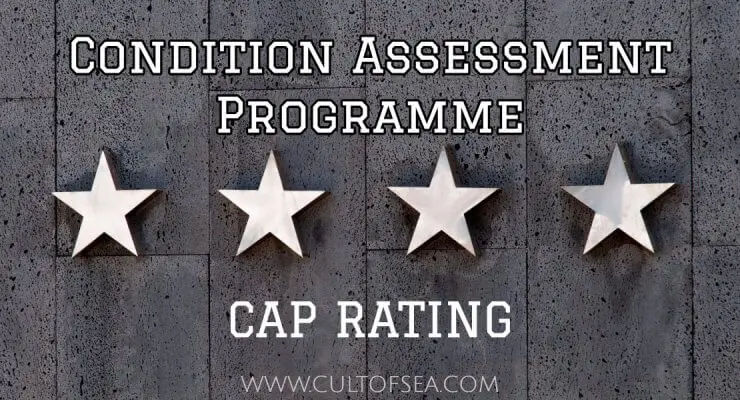The Condition Assessment Programme (CAP) is an expertise on the technical ship's condition independent from the classification. Depending on the request, CAP assessment may include the actual technical condition of hull, machinery, electrical installation, and cargo related system. It is an independent and thorough verification to rate the actual condition of the ship, based on detailed inspection and function testing, thickness measurements and strength calculation and performance testing.The CAP is applicable to oil tankers and bulk carriers of 15 years of age and above, and may well be … [Read more...]
